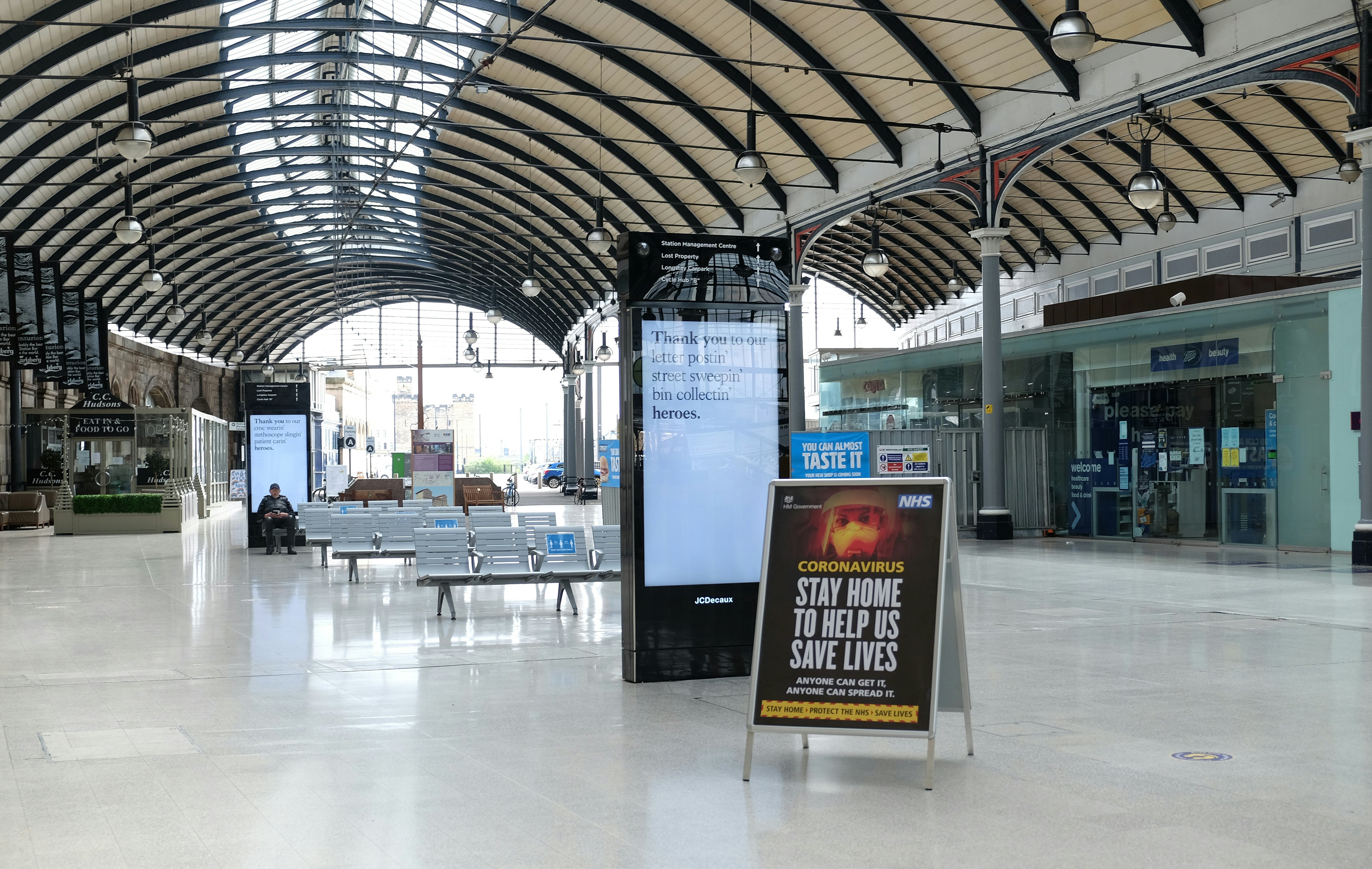

The examples captured in this report highlights the important role culture and leisure was able to play at this time, connecting people, combatting loneliness, supporting educational outcomes, and helping those who were shielding.

#COULD THERE BE A SECOND LOCKDOWN PROFESSIONAL#
These case studies demonstrate some of the ways in which their specialist professional skills were vital to response work outside culture and leisure. Many culture and leisure staff were redeployed during the early days of the pandemic, to support wider council efforts to address the impact of the pandemic. These examples illustrate some of this new work and explore the impact on services and communities.Īccess to the internet is by no means universal and the examples in this section highlight some of the important ways in which culture and leisure services and organisations connected with vulnerable communities, tackled loneliness and engaged directly with those affected by COVID-19. We have grouped the case studies into three broad themes.Ĭouncil services responded quickly to the closure of their buildings by expanding their digital offer.

They represent a snapshot in time from lockdown in March 2020 to the easing of lockdown and reopening of museums, libraries, leisure centres and theatres from August 2020. They are representative of huge swathes of activity happening throughout the country and there are many more examples which we were unable to include here. The case studies in this publication highlight just a few of the many ways in which culture, leisure and sports have responded quickly and innovatively to the challenges posed by COVID-19. We hope the case studies in this report will go some way to illustrating the impact of this commitment.Ĭllr Gerald Vernon-Jackson, Chair of the LGA Culture, Tourism and Sport Board Spending on culture and leisure is not a luxury: it is a commitment to the wellbeing of our residents and the economic future of our local places. We must continue to give services permission to innovate. We must consolidate the new partnerships generated by the crisis to ensure culture and leisure is central to efforts to tackle the challenges faced by our communities. We must embrace the new ambition for innovative digital solutions that reach new audiences, while also recognising that they remain out of reach for the most vulnerable, for whom access to public buildings has never been more important. We need to ensure that Government also recognises this. Besides playing a vital role in supporting better outcomes in health, education, community cohesion and equalities, culture and the creative industries also contribute £10.8 billion to the UK economy each year and were among the fastest growing sectors in 2019. Many services also generate significant levels of income and inward investment, as well as have a multiplier effect on the local economy, under normal economic conditions.Ĭouncil budgets will be under even greater strain coming out of this crisis, but it would be short-sighted to put culture and leisure services at the front of the list for cuts. We must not forget this lesson.Ĭhallenging budget positions led to spend on culture and related services being reduced by 45 percent in the nine years between 2009//19.ĭespite this, councils remain one of the biggest investors in the sector, spending over £2 billion a year on services related to culture. In extreme circumstances, they have been priceless in preserving people’s mental and physical wellbeing. The massive popularity of creative, cultural and leisure activities during lockdown demonstrates the true value of these often-squeezed services. Alongside this staff and volunteers across these services have joined the front line in response to the crisis: making visors for care homes, managing food bank distributions, preparing and delivering meals and making regular phone calls for people shielding.

We witnessed the very best of humanity and people used culture, sport and leisure to connect and take care of each other.įrom online murder mysteries to virtual gyms, streamed rhyme time sessions and lamppost artwork, culture and leisure services across the country have responded to the needs of communities in lockdown: reaching people who face digital exclusion, supporting children’s creative learning at home and connecting to people who were isolated and alone.Įngagement in culture and leisure activity delivered or funded by local authorities provided many with a lifeline in the early days of the pandemic, while across the country people found solace in their local parks and open spaces. During the first lockdown people sang and danced in the streets, they covered communities with rainbows, embraced open spaces and rallied round to support the most vulnerable in society.


 0 kommentar(er)
0 kommentar(er)
